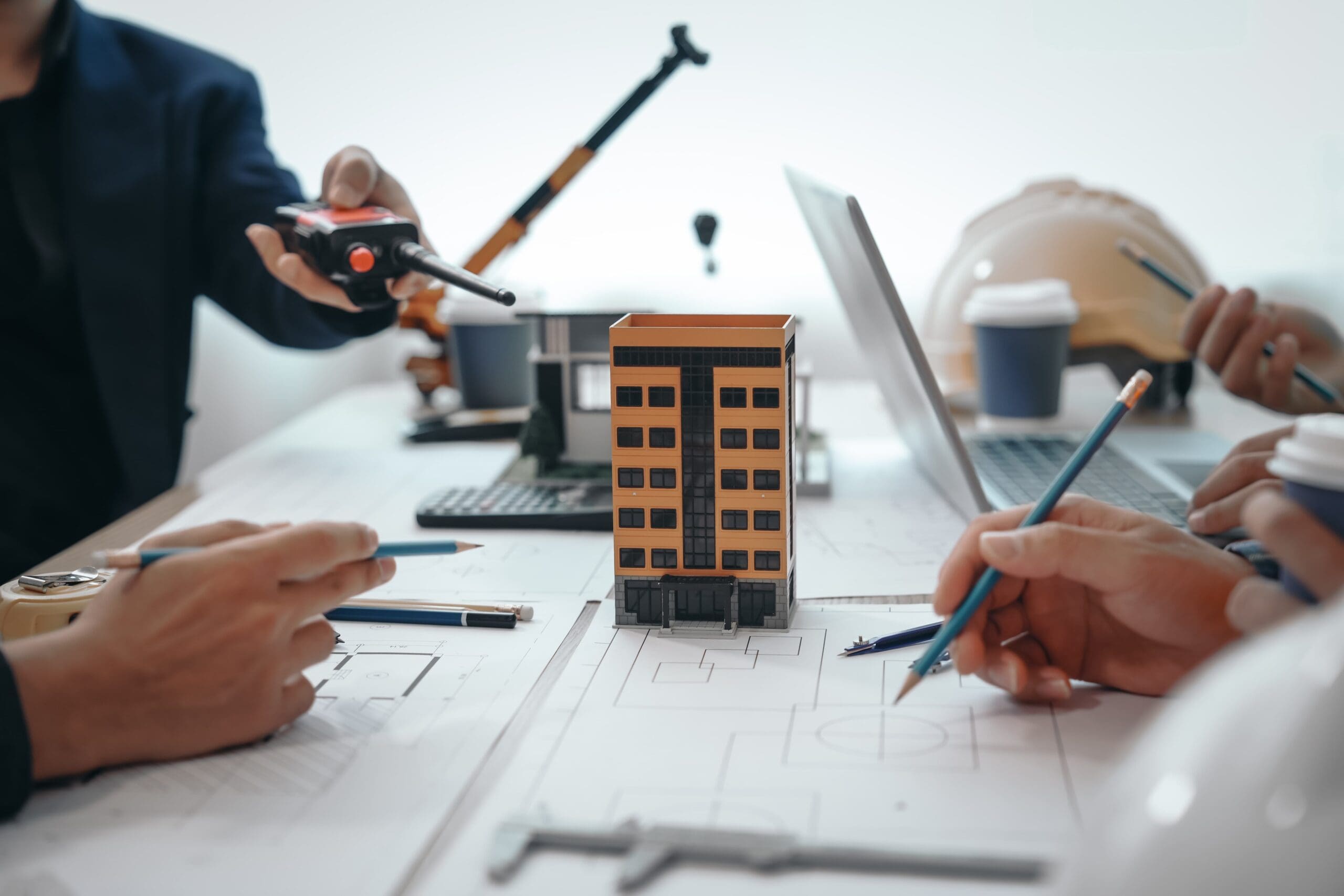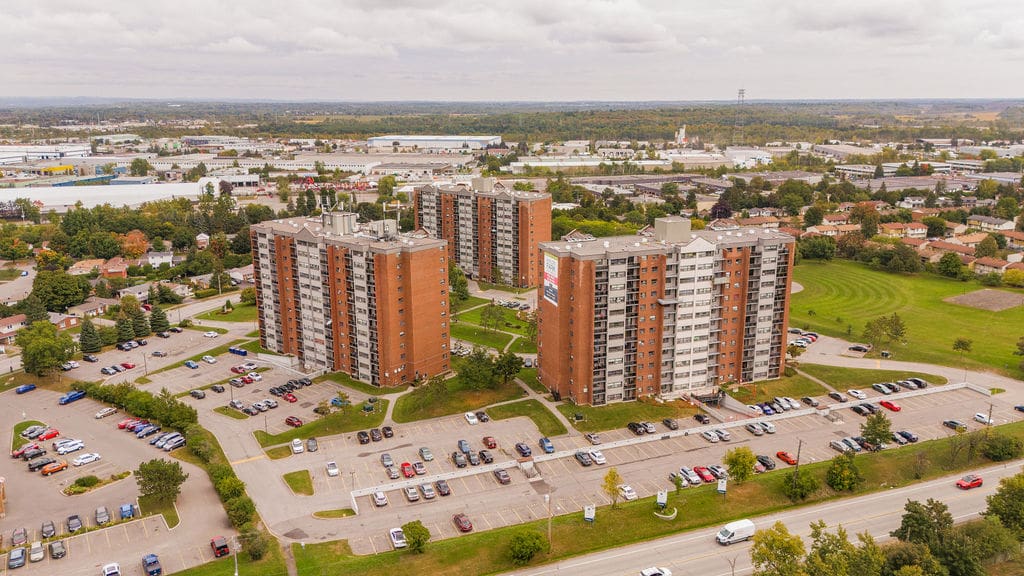The Evolution of Construction Practices Under New Building Codes

Building codes have a rich history rooted in the natural human desire for safer and more resilient communities. From decades ago when codes primarily focused on fire prevention and structural Building codes have a rich history rooted in the natural human desire for safer and more resilient communities. From decades ago, when codes primarily focused on fire prevention and structural stability, to today’s modern standards, building regulations have continually evolved to address new challenges.
In recent years, building codes have expanded to prioritize sustainability, accessibility, and region-specific safety measures, reflecting our growing awareness of environmental and social responsibilities. This post explores how these changes in building codes have shaped construction practices, improved safety, and driven the industry toward innovation and adaptability.
Historical Perspective on Building Codes
Building codes have a long history rooted in the necessity to ensure that structures meet the demands of both their environment and the people who occupy them. From early times, communities have established regulations to promote safety and structural durability, initially emphasizing fire safety and foundational stability.
As knowledge and technology have advanced, these codes have evolved to cover a broader array of criteria, from materials and construction methods to setbacks and maximum building heights, reflecting a more nuanced approach to safety and efficiency.
Key Areas of Change in the Building Codes of Canada
Building codes have seen several significant advancements, adapting to changing priorities and increased knowledge about safety, sustainability, and accessibility:
- Enhanced Safety Standards: Stricter regulations now address fireproofing, seismic resilience, and weather resistance. These safety measures are tailored to local hazards, so buildings in Ottawa, for instance, require more insulation to endure harsh winters, whereas homes in warmer regions have different weatherization standards.
- Sustainability Requirements: As we strive for environmental responsibility, building codes have incorporated guidelines for green construction and energy efficiency. Many builders are adopting sustainable practices that go beyond the minimum requirements, supporting long-term environmental goals through more innovative energy use and eco-friendly materials.
- Accessibility Standards: Recognizing the importance of inclusive design, building codes now emphasize accessibility, requiring features such as wheelchair ramps, braille signage, and other accommodations to ensure equal access for all. These standards continue to evolve, ensuring that public and private spaces are accessible to everyone.
Impact on The Construction Industry
To comply with these evolving codes, the construction industry has adapted in various ways. Today’s builders adhere to strict regulations that prevent unsafe practices that were common in the past, such as using substandard materials or cutting corners. Key changes include:
- Material and Technique Upgrades: Builders are now using more sustainable materials and advanced construction techniques to meet modern codes.
- Technology Integration: Innovations such as digital planning tools and compliance software help builders meet code requirements more efficiently and accurately.
- Enhanced Training and Certification: Workers undergo specialized training and certification programs to ensure they understand and can implement updated codes, leading to a skilled workforce that can meet the demands of today’s industry.
Adapting to new codes isn’t always straightforward. The current Ontario Building Code, which has been in place since 2012 with periodic updates, was recently updated in 2025. The update aims to reduce regulatory burdens on construction companies and minimize discrepancies between national and provincial codes, which have historically led to confusion and compliance challenges.
How to Comply With Building Codes on a Construction Site?
In Ontario, if deficiencies are found, building officials may issue an “order to comply” requiring timely corrections before work can continue. By integrating compliance into every step of the construction process, builders can create a safer, more sustainable community while minimizing delays.
Compliance begins with detailed project planning and continues through every stage of construction. Including:
- Regular Site Inspections: Identifying potential issues by going over the foundation, framing, electrical, and plumbing. Taking a proactive approach to ensure the construction aligns with regulatory and safety standards.
- Consultations with Authorities Having Jurisdiction (AHJ): AHJs are organizations, either governmental or third-party, that enforce building codes. Consultations with them may involve a plan review to ensure design parameters meet regulatory standards, verify code requirements, resolve potential conflicts, and obtain missing approvals.
- Maintaining Records: Confirm that approvals and permits remain valid.
Challenges often arise from the complexity of evolving codes; however, ongoing training, record-keeping, and effective communication with inspectors are key strategies for success.
Why Code Compliance Builds Safer Communities
The evolution of building codes showcases the construction industry’s resilience and dedication to safety, environmental responsibility, and accessibility. As new regulations come into play, they drive continuous improvements in building practices and encourage innovation. While adapting to these changes can be challenging, the outcome is stronger, safer, and more efficient structures that cater to diverse community needs. Staying updated with the latest building codes is essential, ensuring compliance and contributing to a safer and more sustainable future.
At CLV Group, we prioritize high standards in building safety and construction quality, helping you find your dream home with peace of mind. If you’re ready to move to a secure, modern apartment in Ottawa, browse our listings today and find your next home!






